Technology Transfer from Motorbikes and Cars
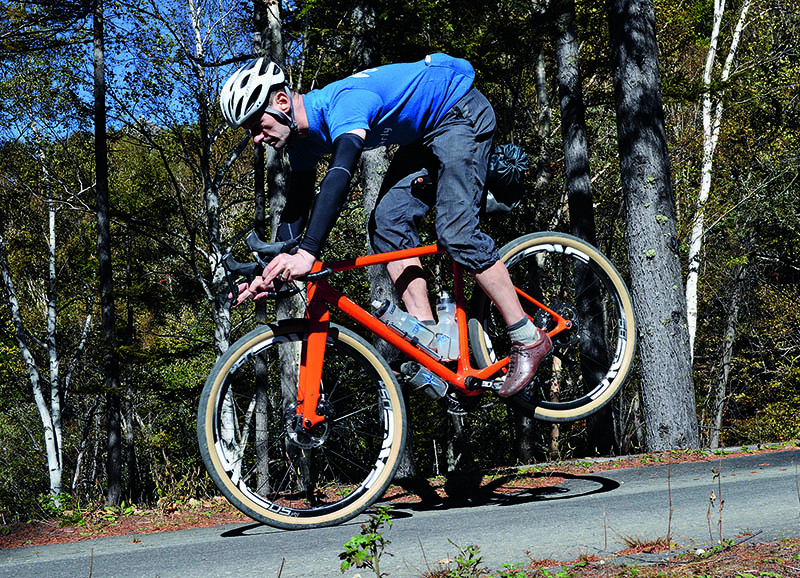
April 1, 2019: In recent years, there has been a lot of technology transfer from motorcycles and cars to bicycles. Modern bikes finally have tubeless tires and disc brakes, both introduced in cars as early as the 1950s!
Cyclists tend to be a conservative bunch, but it’s only a matter of time until we’ll see bicycles follow the lead of cars and motorcycles in other ways:
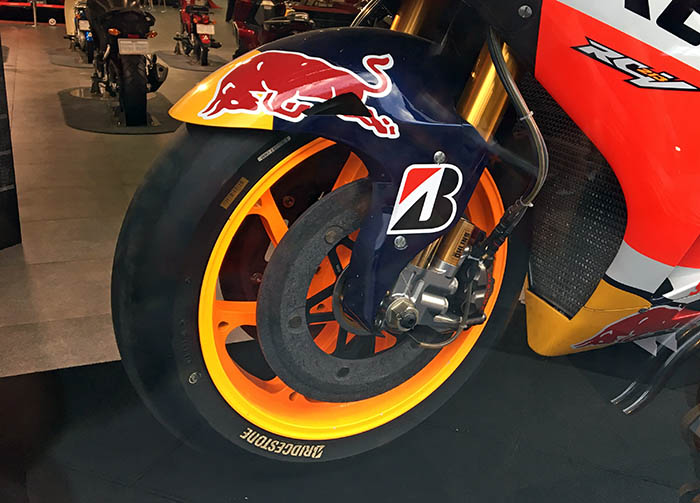
Spoked wheels are a total anachronism. When did you last see a race car with ‘wire wheels’? Cars made the switch to cast aluminum wheels more than 50 years ago. Motorcycles soon followed suit, and yet we’re still riding around on wheels held together by tensioned steel wires! Interestingly, carbon wheels were tried by Citroën (of course!) during the 1970s, but they never caught on. On bicycles, the switch to cast aluminum wheels is long overdue.
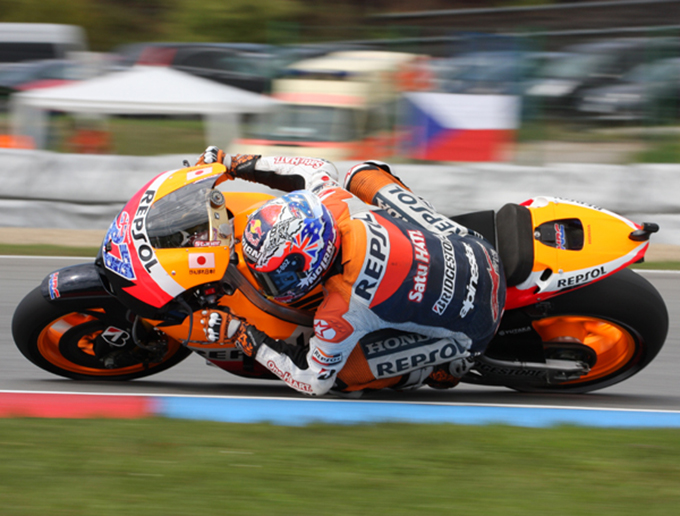
Another no-brainer are fenders for performance bikes. The aerodynamic benefits have been confirmed in Bicycle Quarterly’s wind tunnel tests. We’re not the only ones who figured this out: Moto GP bikes (above) have fenders to shield the tires from the onrushing air. And yet bicycles still expose their wheels to the wind like 1920s race cars!
The UCI ban on fairings may outlaw fenders for pro racers, but for the rest of us – and especially for gravel racing – well-designed fenders will increase a bike’s speed as much as a set of aero wheels.
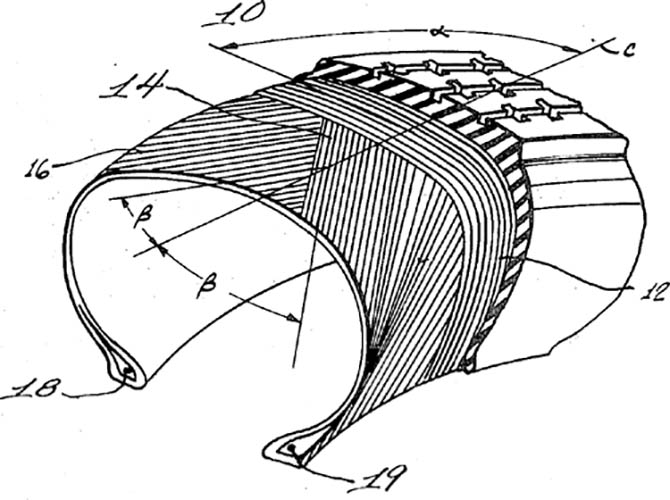
Radial tires have improved traction and fuel efficiency of cars and motorbikes for decades, yet today’s bicycles still roll on old-fashioned bias-ply tires. Panaracer in Japan actually made radial bicycle tires decades ago, but a lack of interest stopped that experiment before the tires could be perfected. Improved traction and better efficiency – what is not to like?
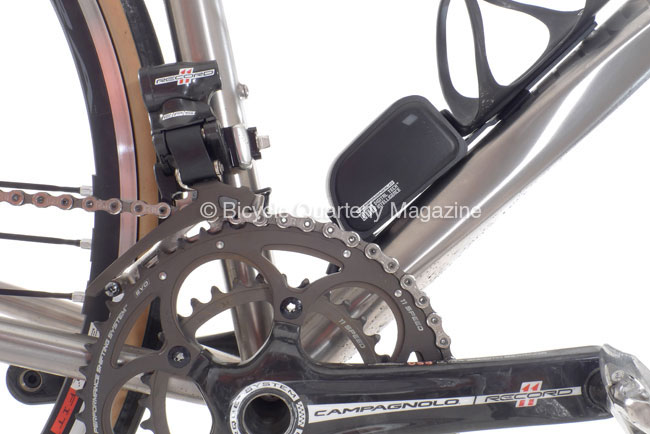
Modern bicycles finally have electrically activated derailleurs, but the shifts are still operated manually – in fact, most racing bikes have four shift levers/paddles! How archaic!
High-performance cars these days have automatic gearboxes that learn the driver’s style and shift gears at just the right moment. Why not on bikes?
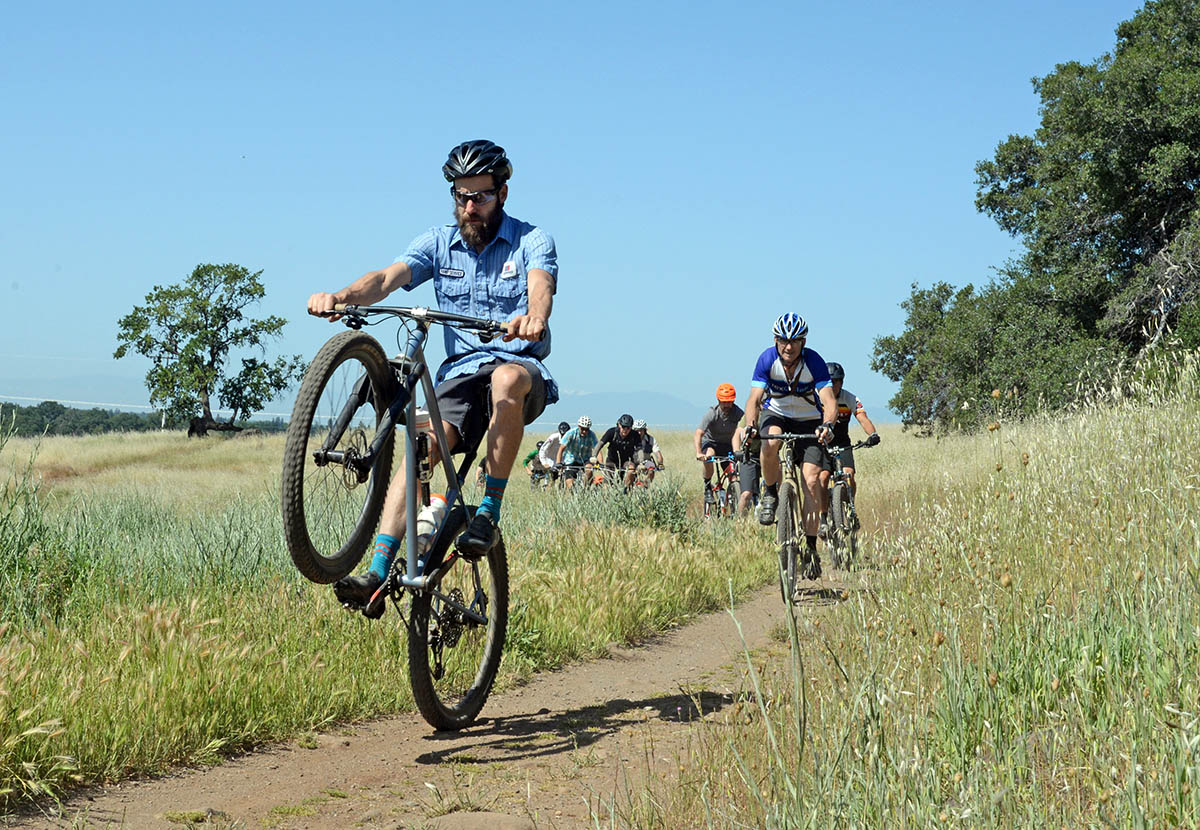
Anti-lock brakes and anti-wheelie protection are long overdue. Powerful motorbikes have it, and bicycles need it, too. With hydraulic disc brakes, it’s actually possible to flip the bike around the front wheel when braking hard (top photo). And modern bikes have so much performance that it can be hard to keep the wheel on the ground during full acceleration.
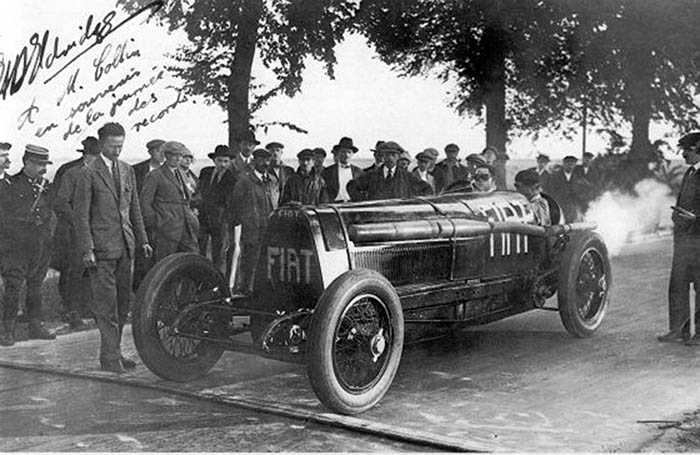
The chain is perhaps the most anachronistic part of a modern bicycle. Early cars had chains driving the rear wheels, but they were replaced by clean and silent shafts a century ago. Shaft-drive bicycles briefly were popular in the late 1800s, but conservative cyclists still resist the obvious move toward modern technology. It’s only a matter of time until dirty chains will be as obsolete as mechanical brakes.
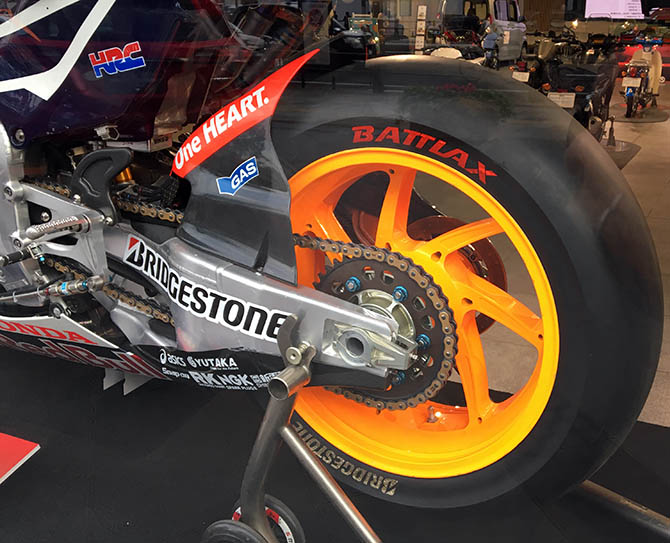
Suspension is another obvious necessity: Cars or motorcycles without suspension are unthinkable. It’s not just about comfort, but also about traction: A tire that skips over bumps loses traction. Suspension is needed to keep the tire on the ground at all times. And yet racing bicycles still skitter over bumps on skinny 25 mm tires in a rigid frame! Suspension will change the way races are won – racers no longer will attack on the climbs, but outcorner each other on the flats and descents.
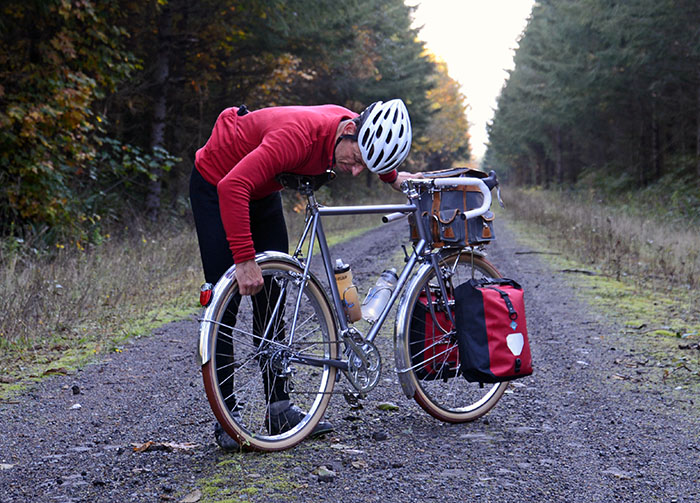
We’ve actually made some gains with regards to traction: Cyclists finally have adopted lower tire pressures. This was long overdue: Even racing motorcycles rarely run more than 40 psi, and yet racing bicycle used to roll on tires that were inflated rock-hard. We still have some ways to go: Few bike racers run pressures as low as 40 psi – the myth is this will negatively affect the handling and cornering. Somehow, it works for Moto GP bikes…
With disc brakes, tubeless tires, and lower pressures, we’ve made a start to overcome a century of stagnation in bicycle technology. Cast wheels, aero fenders, radial tires, automatic transmission, anti-lock brakes, shaft drive and suspension are just around the corner. What other innovations will trickle down from cars and motorcycles to bicycles soon? And how will that shape future bicycles?
Last edited: April 1, 2019


